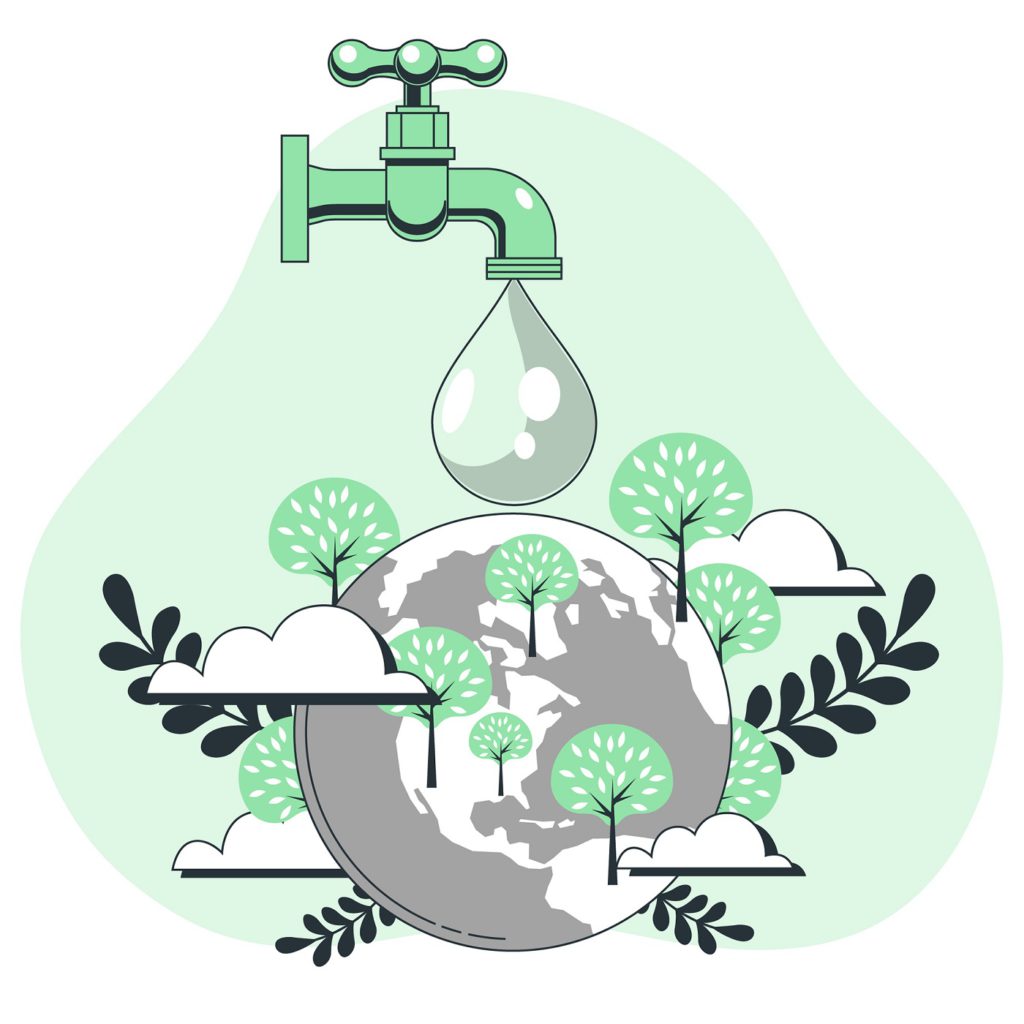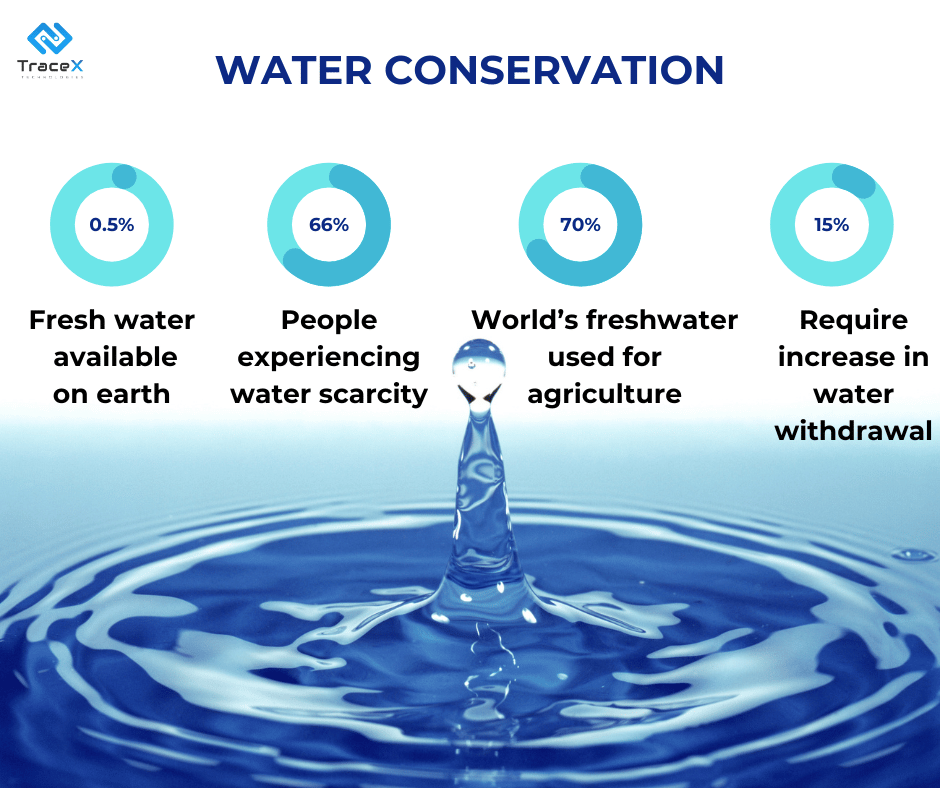
Significance of Traceability in Food Safety
Learn about the critical role of traceability in ensuring food safety. Explore the significance of traceability systems like TraceX in tracking food products from farm to table, identifying hazards, and mitigating risks.


